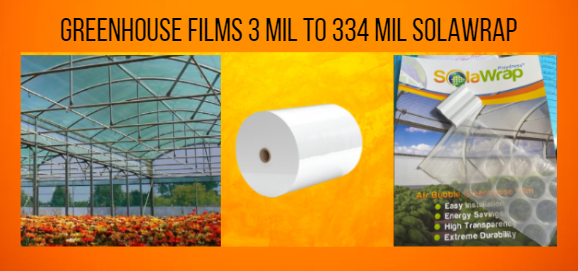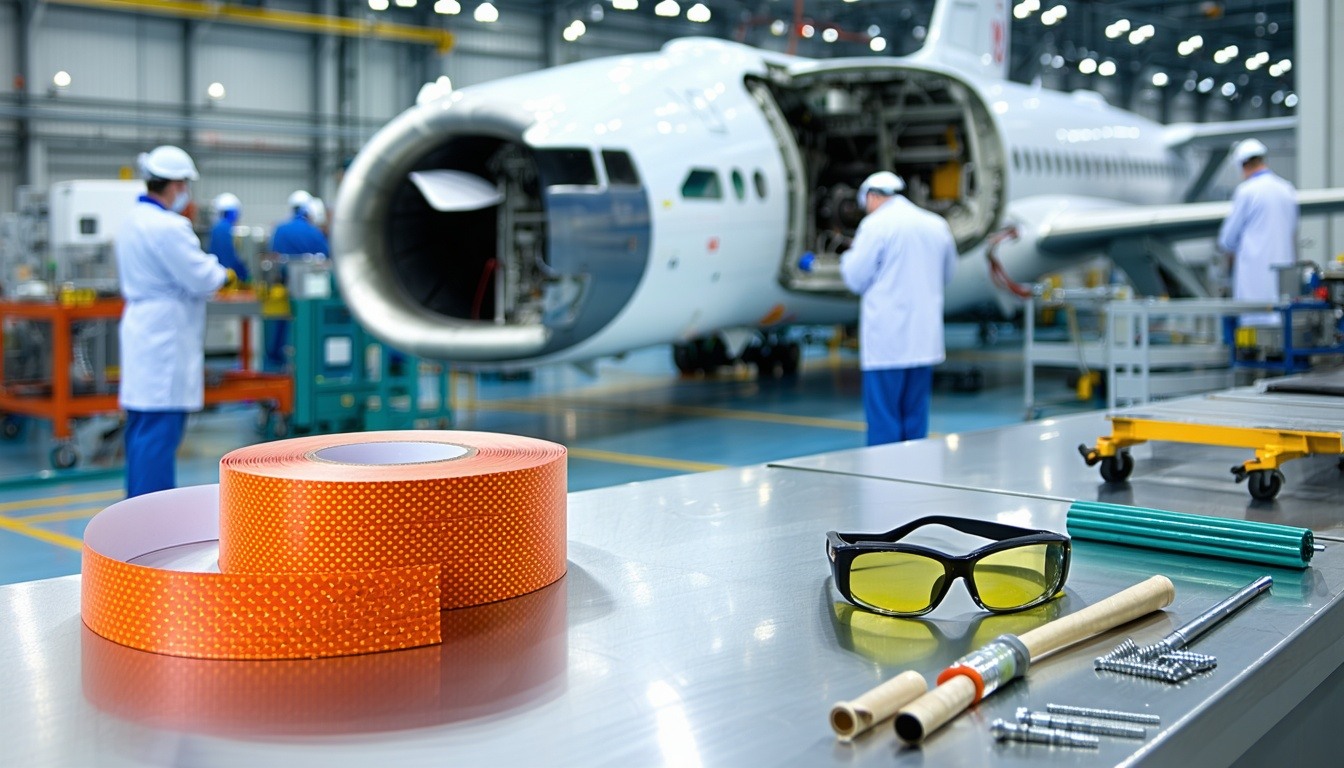What do ASTM numbers mean for plastic sheeting?
When selecting plastic sheeting for various applications, from protecting your construction site to lining a pond, understanding its strength and durability is crucial. But how do you know if a particular plastic sheeting is up to the task? That's where ASTM International standards come in. These globally recognized standards provide a framework for testing and classifying materials, ensuring they meet specific performance requirements.
Let's delve into some key ASTM standards related to the strength and performance of plastic sheeting, particularly focusing on those relevant to construction and industrial applications.
ASTM E1745: Your Foundation's Defense Against Moisture
Imagine the potential damage moisture can cause beneath a concrete slab – mold growth, structural issues, and compromised indoor air quality. That's where ASTM E1745, "Standard Specification for Plastic Film Used as a Vapor Retarder Under Concrete Slabs on Ground Contact with Soil or Granular Fill," becomes vital.
This standard specifically addresses flexible plastic sheeting intended to act as a vapor retarder directly in contact with soil or granular fill under concrete slabs. Think of it as a moisture barrier protecting your building's foundation. To ensure effectiveness, ASTM E1745 outlines rigorous testing for:
- Water Vapor Permeance: This measures how much moisture can pass through the material over time. A lower permeance value indicates better moisture resistance. Imagine trying to fill a bucket with tiny holes – a material with low permeance has very few "holes" for water vapor to escape.
- Tensile Strength: This tests the material's ability to resist being pulled apart. Think of stretching a rubber band – a higher tensile strength means it can withstand more force before breaking.
- Puncture Resistance: This measures the material's ability to resist being pierced by sharp objects. Imagine dropping a pointed rock on the sheeting – a higher puncture resistance means it's less likely to tear.
Under specific conditions, ASTM E1745 also requires testing for:
- Flame Spread: This assesses how quickly a material will burn and spread flames. This is crucial for safety in building applications.
- Permeance After Soil Poison Petroleum Vehicle Exposure: This evaluates if exposure to chemicals used in soil treatments affects the material's moisture barrier properties.
- Permeance After Exposure to Ultraviolet Light: This tests how well the material holds up to sunlight exposure, which can degrade some plastics over time.
Example: A construction company choosing an underslab vapor barrier for a new school building would look for a plastic sheeting that meets ASTM E1745 Class A, which has the most stringent requirements for water vapor permeance, tensile strength, and puncture resistance. This ensures long-term protection against moisture intrusion.
ASTM D2582: Measuring Tear Resistance After a Puncture – Preventing Catastrophic Failure
While puncture resistance is important, what happens after a puncture? That's where ASTM D2582, "Standard Test Method for Puncture-Propagation Tear Resistance of Plastic Film and Thin Sheeting," comes into play.
This test focuses on the tear resistance of plastic sheeting after it has been punctured. It simulates scenarios where sharp objects might initially pierce the material, and then the force of wind or stress could cause that puncture to propagate into a larger tear.
The test measures the material's resistance to snagging and to the dynamic puncture and propagation of that puncture, resulting in a tear. This is particularly relevant for applications like tarpaulins, where snags from debris or equipment can lead to tears.
Example: Imagine a farmer using a plastic tarp to cover equipment. A sharp branch might poke a hole. A tarp with good ASTM D2582 performance will resist that small puncture from turning into a large rip that exposes the equipment to the elements.
ASTM D4533: The Trapezoid Tear Test – Ensuring Strength Against Tearing Forces
Another crucial measure of a plastic sheeting's strength is its resistance to tearing forces. ASTM D4533, "Standard Test Method for Trapezoid Tearing Strength of Geotextiles," adapted for scrim-reinforced plastic sheeting, provides a valuable assessment.
This test method applies tension along a defined course, causing a tear to propagate across the width of the sheeting. It measures the force required to continue tearing the material. The maximum trapezoid tearing strength is reached when the material's resistance to further reorientation of its fibers is greater than the force needed to break multiple fibers simultaneously.
Example: Consider a construction site using scrim-reinforced plastic sheeting as temporary walling. This sheeting needs to withstand wind forces that could cause tears. Material tested to ASTM D4533 will have a known resistance to tearing under such stress.
ASTM E96: Understanding Water Vapor Transmission
While ASTM E1745 focuses on vapor retarders under slabs, ASTM E96, "Standard Test Methods for Water Vapor Transmission of Materials," provides a broader understanding of how water vapor moves through permeable and semi-permeable materials, including plastic sheeting.
This test helps determine the water vapor transfer (WVT) rate and permeance of a material under specific conditions. It's important to note that permeance values can vary depending on the test conditions (temperature, humidity).
Example: A manufacturer of agricultural films might use ASTM E96 to evaluate how well their plastic sheeting retains moisture within a greenhouse environment.
Beyond the Basics: Other Important ASTM Tests
While the above are key for understanding strength and moisture resistance, other ASTM standards provide valuable insights into plastic sheeting performance:
- ASTM E84: This test measures the comparative surface burning behavior of materials. While primarily for building materials like walls and ceilings, it can be relevant for understanding the flammability of plastic sheeting used in certain construction or industrial settings.
- ASTM D7003 & D7004: These standards evaluate the tensile properties and grab strength of reinforced geomembranes. They are crucial for applications where the sheeting will be under significant pulling forces, such as pond liners or containment barriers.
The Importance of ASTM Standards
ASTM standards provide a reliable and consistent way to evaluate and compare the performance of plastic sheeting. By understanding these standards, buyers and specifiers can make informed decisions, ensuring they choose materials that are strong enough, durable enough, and appropriate for their intended application.
When selecting plastic sheeting, always look for documentation indicating which ASTM standards the material has been tested against. This will give you confidence in its performance and help you avoid costly failures down the line.











 In aerospace manufacturing and maintenance, safety is everything. One often-overlooked component that plays a critical role in protecting aircraft, crew, and passengers is fire-retardant (FR) tape. Used across everything from wire harnessing to thermal insulation, these tapes are specially engineered to meet stringent safety, thermal, and flammability standards.
In aerospace manufacturing and maintenance, safety is everything. One often-overlooked component that plays a critical role in protecting aircraft, crew, and passengers is fire-retardant (FR) tape. Used across everything from wire harnessing to thermal insulation, these tapes are specially engineered to meet stringent safety, thermal, and flammability standards.